The best place to reflect on King’s legacy? This grove of trees

- Share via
I can’t think of a better place to commemorate the Rev. Martin Luther King Jr. than at the highest point in Kenneth Hahn State Recreation Area in Baldwin Hills. That’s where you’ll find a grove of trees and a memorial that was dedicated to the slain civil rights leader in 2018. Most people know little about this special place. The views of the city are incomparable, framed by stones etched with King’s inspirational quotes and an obelisk that bears his likeness. “There are undoubtedly hundreds of thousands of memorials, institutions, streets, avenues, boulevards, and other monuments across the globe that are dedicated to Dr. King,” former L.A. County Supervisor Mark Ridley-Thomas said at the dedication event. “But today we seek to do something a little different and a little special. Today we meet Dr. King at the mountaintop.” The 15,000-square-foot grove is meant to evoke the outdoor site where King delivered his “I Have a Dream” speech in 1963 in Washington, D.C.
Take this easy hike to the memorial that’s a couple of miles round-trip: Start at Norman O. Houston Park at 4800 S. La Brea Ave., cross La Brea on foot and pick up a dirt path called Ron’s Trail. The trail loops gently upward. Bear right to connect with part of the Bowl Loop and on to the Western Ridgeline Trail, where you’ll find the memorial — and the views. It’s a great place to pause and reflect on King’s legacy. You can visit another local King landmark, a sculpture of white panels arranged in a circle. The King Memorial is at 205 S. Willowbrook Drive in Compton. If you’re going farther over the three-day weekend, national parks and forests as well as other federal lands that charge entrance fees will be free on Monday in honor of Martin Luther King Jr. Day. For example, Yosemite National Park waives the $35 per car fee to enter. By the way, L.A.’s long-running Kingdom Day Parade set for Monday has been canceled because of COVID-19 concerns.
3 things to do this week
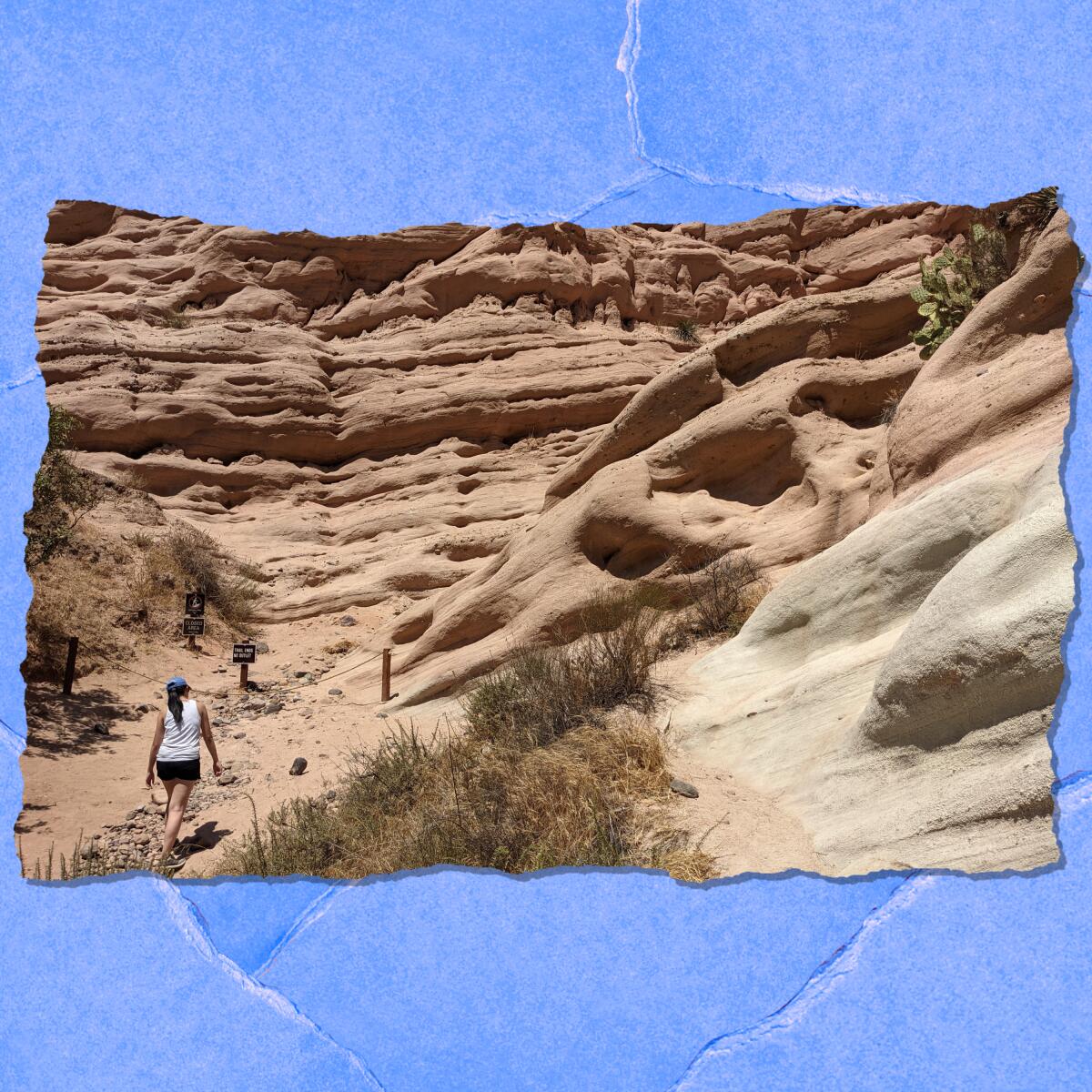
1. Take a hike to Orange County’s hidden red rocks. Red Rock Canyon is one of those names that seems out of place in the O.C. Not so. The hidden gem on the edge of Lake Forest is pretty easy to access on an out-and-back 4-mile hike following Borrego Canyon and Red Rock Canyon trails in Whiting Ranch Wilderness Park. If you want to learn about the geology, join a Sierra Club Angeles Chapter hike at 8 a.m. Jan. 22. Geologist Jay Schneider will guide the group on an easy-paced trek and talk about the history of the massive sandstone formations. The hike is free; more information here. Check out more Orange County hikes.
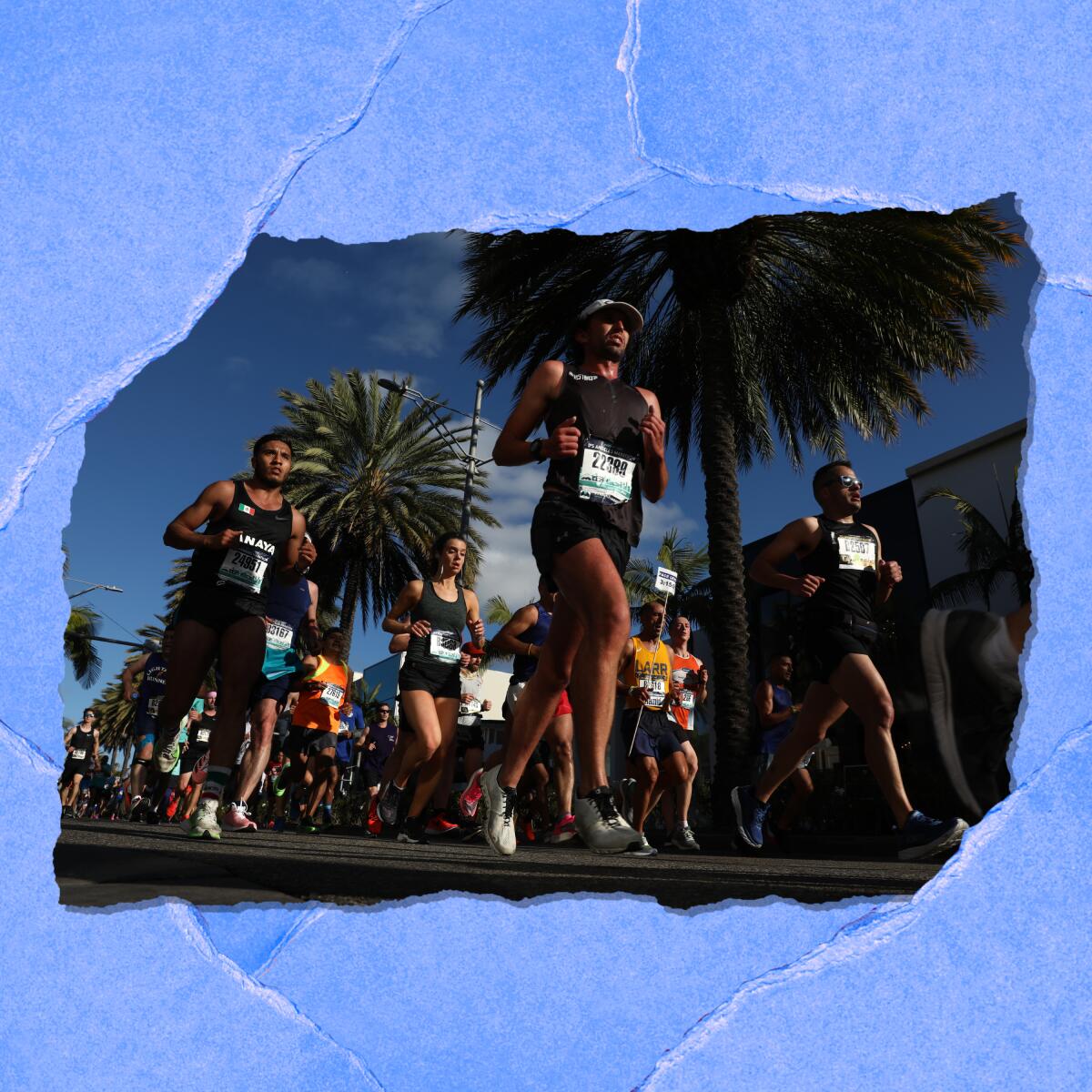
2. Take the run-your-age challenge? Writer Christopher Solomon lays out a case to “run your age” in 2022 in this L.A. Times Op-Ed piece. Yep, that means continuously running a mile for every year you’ve been on the planet. Three-year-olds and 95-year-olds may find this daunting — me too. If you can’t run, Solomon offers a twist on a potential New Year’s resolution. “Run your age ... Or take it as a metaphor,” he wrote. “Do something so large you can barely get your arms around it, so big it scares you, outsize enough that it forces you to reconsider everything. Quit the job you loathe, the one with the golden handcuffs. Rise at 4 a.m. every day to write the memoir that you’re terrified to tell but that you can’t stop thinking about. Shoulder the cause that will cut you wide open and that may lose you friends and family.”

3. Camellia lovers, it’s time. Plan to see these local garden shows. Big, showy camellias bloom in January and February in Southern California. You can expect to see varieties from Japan as well as yields from seeds imported from China and other Asian countries. The Southern California Camellia Society is hosting a show Jan. 22 and 23 at Descanso Gardens in La Cañada Flintridge and a second show Jan. 29 and 30 at the L.A. County Arboretum in Arcadia. (Entrance fees are required at both gardens.) It costs nothing if you want to enter your favorite bloom. And there’s more. Camellia shows continue through February where you can savor different varieties and learn more about how to grow them. Learn more about why this is the month to luxuriate in camellias.
Wild ways
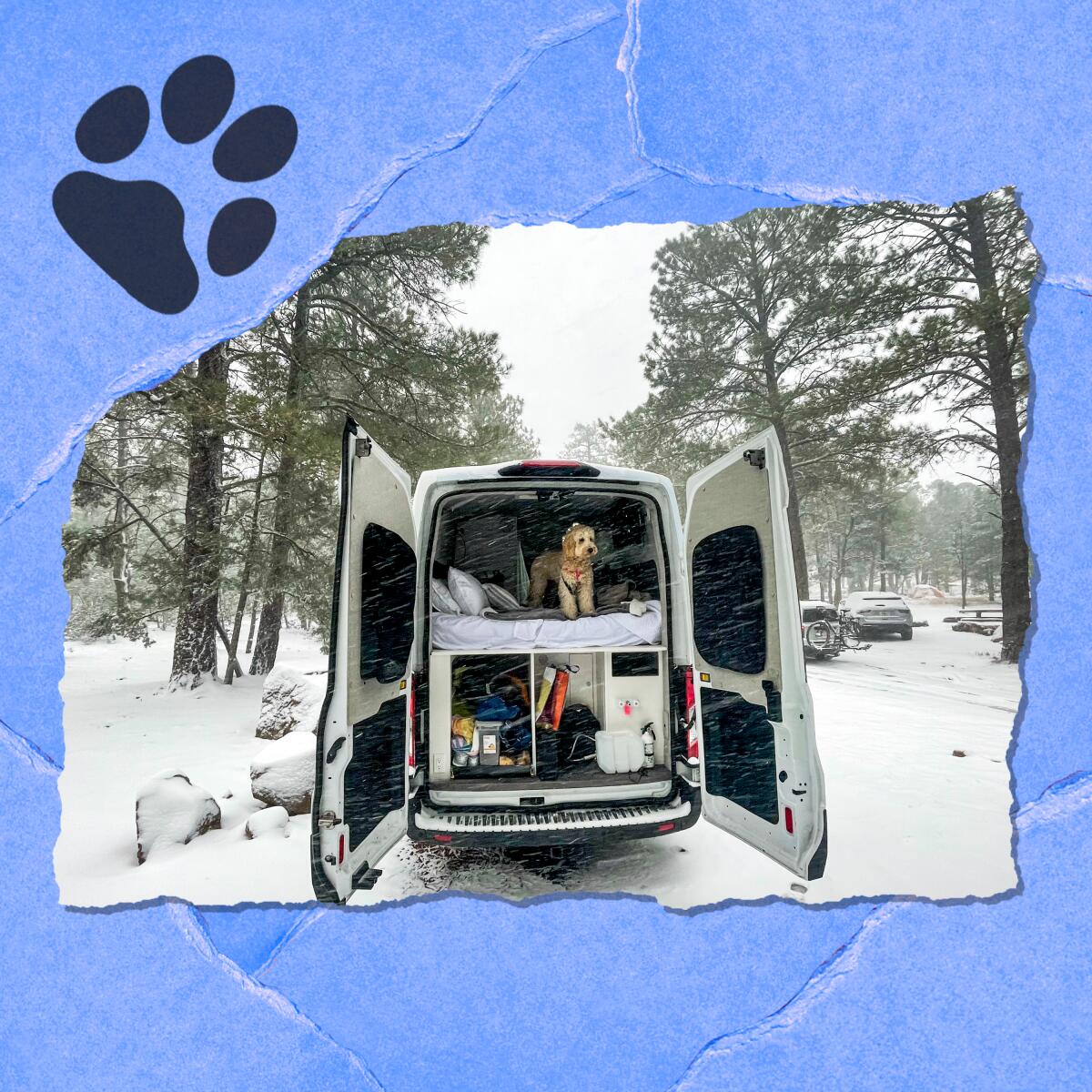
Are you thinking about hitting the road with your pandemic pup? Digital editor Jessica Martinez writes about what she learned traveling with Millie, her 11-month-old goldendoodle, to Capitol Reef, Arches, Rocky Mountain, Black Canyon of the Gunnison and Grand Canyon national parks. Some of the pre-trip questions that Martinez fretted over: “Were we doing the right thing by taking Millie with us? Would she like being in the van for the majority of most days? Would she behave? Would there be enough for her to see and do?” Tips include practicing driving your dog around (especially if your pet isn’t used to a moving vehicle) and bringing comforts along, like the dog bed and chew sticks. Read about the 10 ways to make traveling with your pup stress-free for both of you.
The must-read
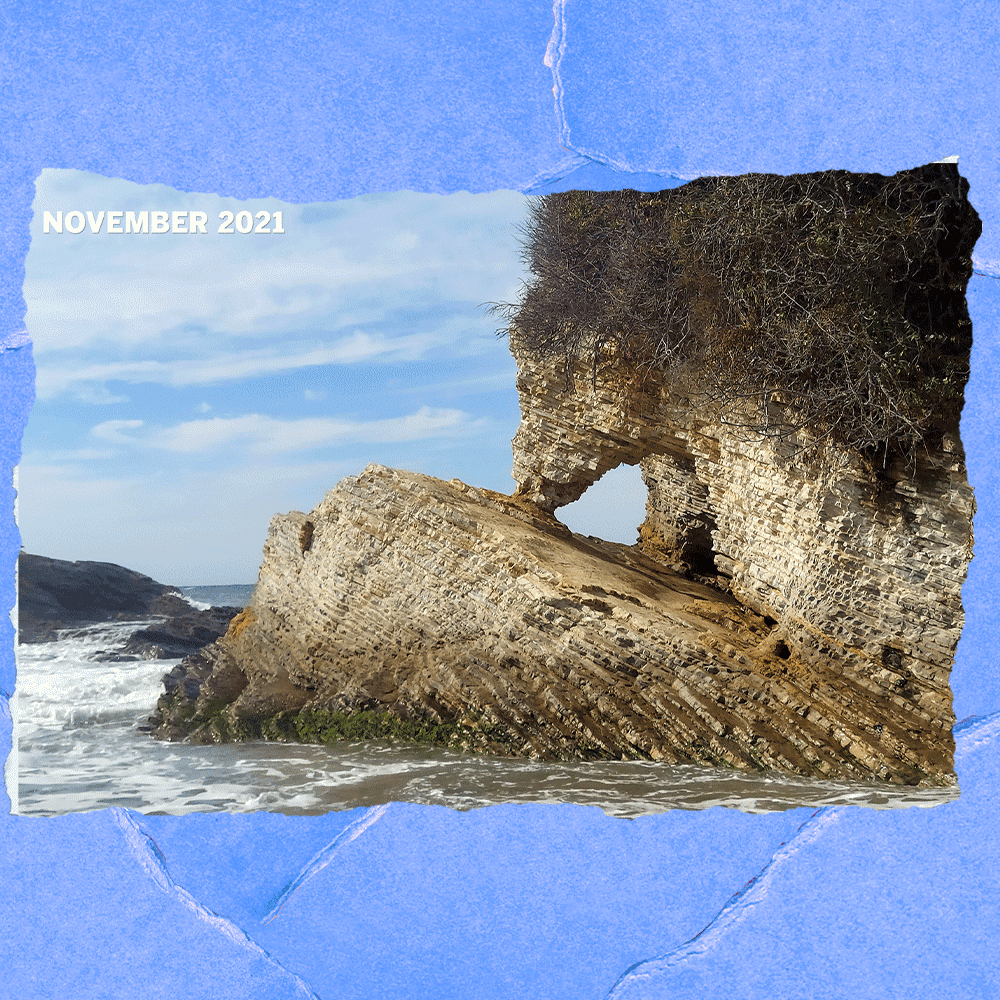
Aww, we love our special outdoor places, and we mourn them when they vanish. Tourists to Spooner’s Cove in Montaña de Oro State Park used to marvel at a small rock arch perched above the ocean. “Used to,” because heavy December rains and storms collapsed the arch at the park near Morro Bay. “I knew that it was fragile,” Dan Krieger , a professor emeritus of history at Cal Poly San Luis Obispo, told The Times. “I just fell in love with it, and when I heard it was gone, I felt a sense of loss.” Others expressed similar sentiments on social media. Big ocean waves have carved caves and arches in the sandstone cliffs, which gives coastal California its signature look. Read more about the arch and its fans in this story.
The red flag

Is the Ojai Valley a paradise or a place in peril? Hard to say as the area’s water source is starting to dry up, says Stephanie Pincetl, a professor at the UCLA Institute of the Environment and Sustainability, who wrote an opinion piece for The Times. The resort and farming area 83 miles north of downtown L.A. for years tapped into Lake Casitas reservoir, built in the 1950s. But, with less reliable rain and more drought conditions, that has all changed. What can be done? Pincetl has some ideas, but it will take a rethink — a situation that other California communities likely will face too. “The driving force of this new ethics is about loving a place, and I see glimpses of it in the Ojai Valley and those who learn to farm within the limits of this small place,” Pincetl writes. “This means learning about an area’s groundwater resources, how to re-infiltrate storm water effectively when it does rain, ensuring there is enough mulch to maintain soil moisture and build soil fertility, planting locally appropriate plants in gardens and treating water as precious and life-giving.”
P.S.
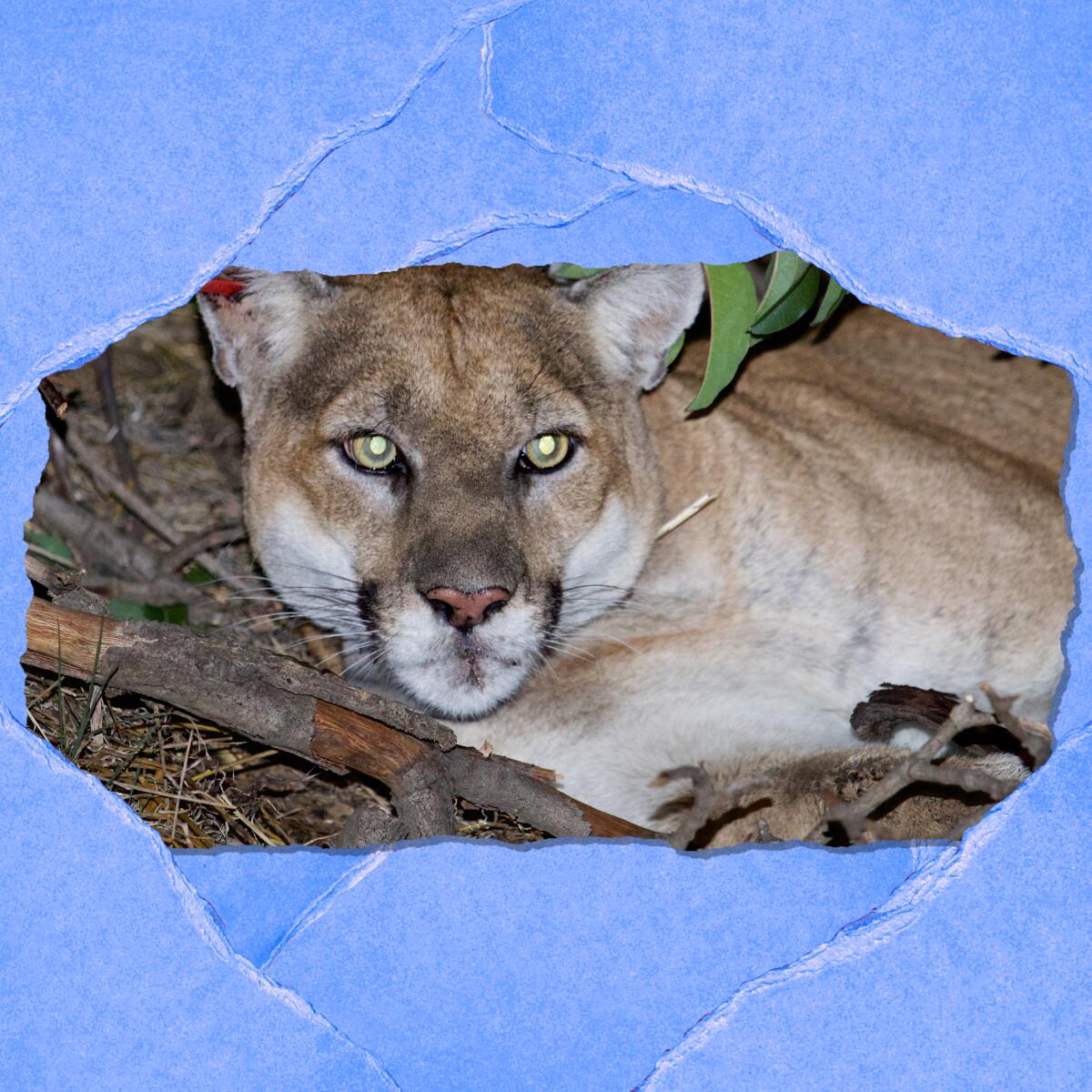
P-22 is making (uninvited) house calls. Catch a glimpse of L.A.’s most famous mountain lion on Ring video (included in the link below) taken at a Beachwood Canyon home’s backyard on Jan. 4. “I was shocked to see a lion’s tail,” resident Leilani Fideler told The Times. “I saw him jump over my gate. It was just wild.” Officials know it’s P-22 because he wears a tracking collar. The lion has made his home in Griffith Park for a decade. Read more about P-22 in Beachwood Canyon.
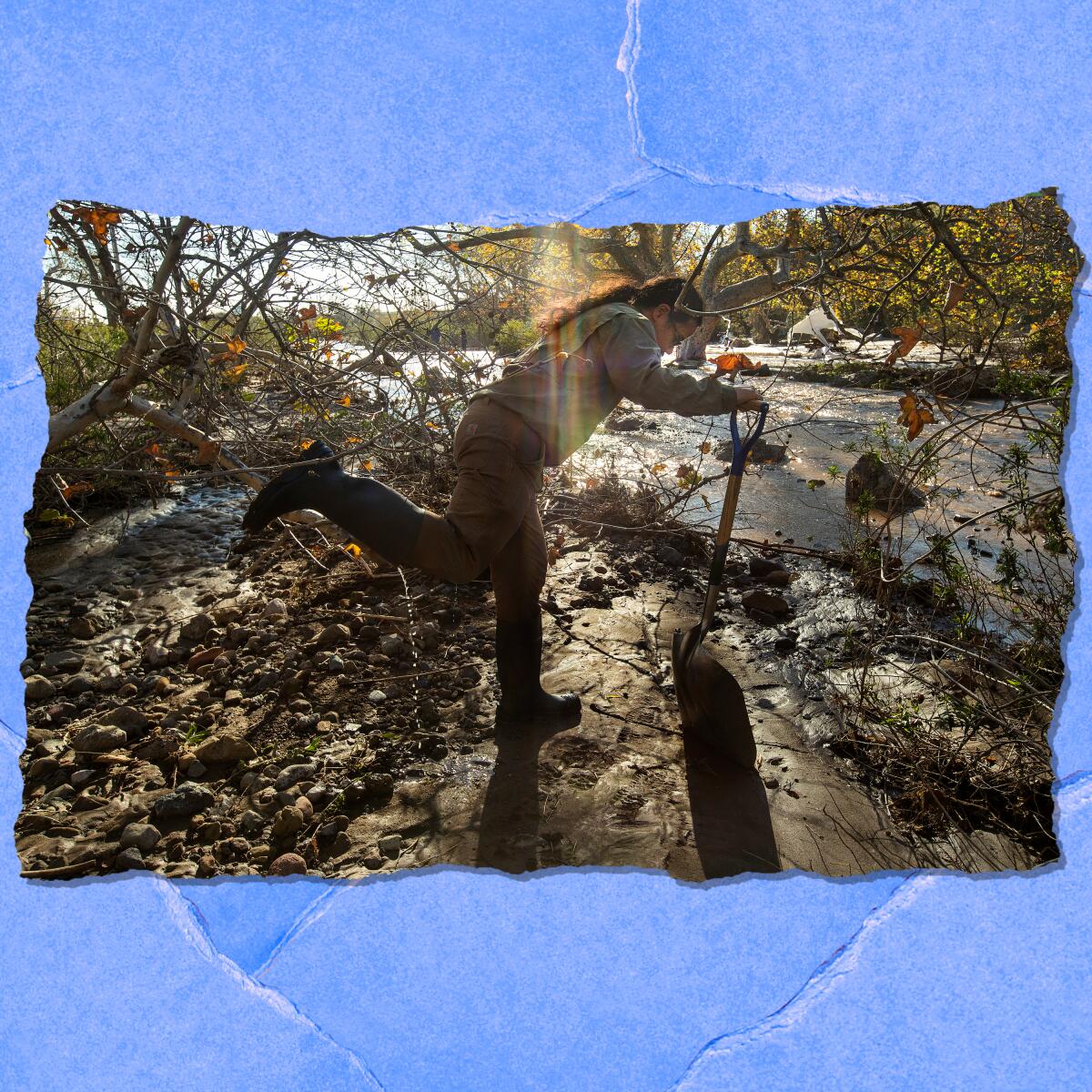
Southern California’s big December storms caused flooding that shut Leo Carrillo State Park in Malibu. The park and its popular campground will remain closed until Jan. 31. Fifty campers were evacuated from the campground Dec. 30 when water surged through the area, causing vehicles to get stuck in the mud.
Send us your thoughts
Share anything that’s on your mind. The Wild is written for you and delivered to your inbox for free. Drop us a line at TheWild@latimes.com.
Click to view the web version of this newsletter and share it with others, and sign up to have it sent weekly to your inbox. I’m Mary Forgione, and I write The Wild. I’ve been exploring trails and open spaces in Southern California for four decades.

Sign up for The Wild
We’ll help you find the best places to hike, bike and run, as well as the perfect silent spots for meditation and yoga.
You may occasionally receive promotional content from the Los Angeles Times.




